
All categories
Featured selections
Trade Assurance
Buyer Central
Help Center
Get the app
Become a supplier

(1879 products available)















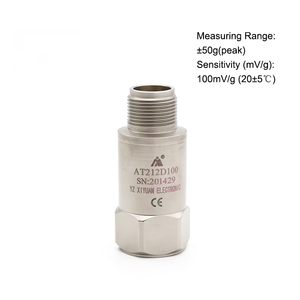
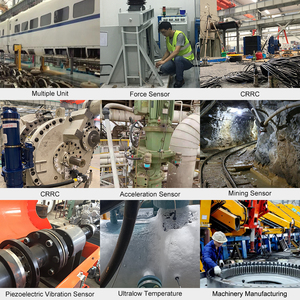
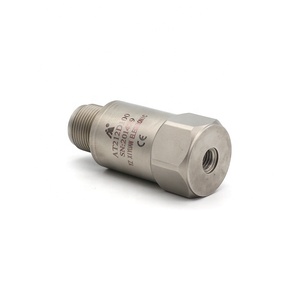

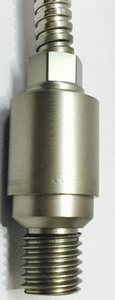








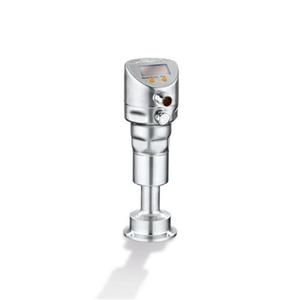




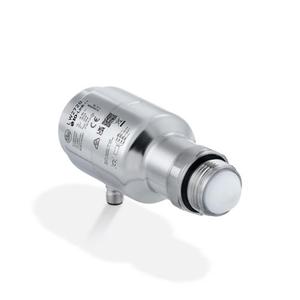









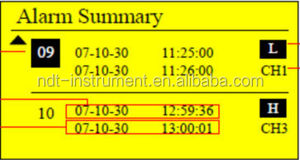


Machine vibration monitoring system manufacturers offer several types of this equipment to suit the needs of different industries. These systems enable businesses to select the machine vibration monitoring system that best fits their operational requirements. The variety allows users to enhance their maintenance practices based on the detected vibration patterns.
A machine vibration analysis device that transmits data wirelessly eliminates the need for cables, giving mobility and flexibility. This option is quite helpful for operations requiring frequent inspections in many places. It also grants access to real-time data without being restricted by wires or fixed monitoring points.
Wireless systems function by using transmitters attached to the monitored machinery to send vibration data to a central receiver or cloud platform. This technology enables quick setup and data acquisition in hard-to-reach locations. However, factors like signal interference and transmission distance should be considered, as they may affect performance. Industries primarily relying on routine data from mobile equipment find these systems particularly advantageous.
Equipment featuring a constant vibration monitoring system tracks vibration levels all the time. It is valuable to identify critical faults in equipment fast. These systems utilize sensors placed on machinery to continually collect vibration data, frequently sending this information to a central monitor for analysis.
Real-time monitoring is especially important in facilities with crucial processing machinery, as immediate alerts to vibration changes can facilitate swift maintenance actions. Such systems are meant to identify problems early, resulting in less downtime and improved machinery lifespan. Companies exposed to high-risk operating conditions value continuous monitoring to maintain system reliability.
This kind of system is meant to carry out short-term inspections and diagnostics. It is ideal when monitoring regularly requires portable testing or in diverse locations. Technicians may measure vibration levels at various places using portable systems. Such flexibility is perfect for industries requiring sporadic checks or use in multiple areas.
With sensors attached to the identified hotspots, handheld devices let workers collect and analyze vibration data on-site. The data can also be wirelessly transferred for more thorough examination. This portability enables maintenance teams to prioritize tasks quickly and minimize downtime. Industries relying on reactive maintenance or requiring frequent field assessments benefit most from these systems.
Large industrial systems serve as the foundation for continuous monitoring in production areas. Designed to deal with the most demanding industrial workflows, these systems perform well in noise-heavy locations. Integrated into existing control systems, industrial systems enable monitoring crucial equipment.
Industrial systems are built to work in large production areas, monitoring many machines simultaneously. They give centralized data access, making it simpler to find patterns and problems in monitored equipment. These systems are essential for industries where large-scale operations demand dependable early warning systems for equipment failure. The combined data aids analysis and prevention of widespread issues.
Machine vibration monitoring systems help enhance machinery effectiveness. The systems gather data on vibration patterns, helping to tell when parts are wearing out or about to fail. The collected data enables businesses to run better since they can schedule repairs when needed and avoid costly breakdowns.
By providing information on how machines vibrate, these systems help companies keep their production running smoothly. Detecting issues early decreases expensive repairs and helps avoid safety problems. The systems boost productivity by enabling quicker response to faults.
Important features include sensors that track vibration, software that analyzes the data, wireless data transfer, and real-time updates. The sensors detect how machines move and send this information for analysis. The software looks at the data to find patterns or problems, and many systems can share data immediately so workers receive alerts quickly.
Some systems let users view the vibration data on mobile devices, making it simple to check machine health. These tools examine machines constantly, so users can find and fix small problems before they cause large failures. An all-around machine vibration sensor suite improves system reliability and performance.
Design-wise, these systems contain tough parts for factory use. The sensors are placed on machines to collect vibration data. Many modern systems use wireless sensors, reducing setup time. After data collection, an app or computer program helps users analyze the vibration data easily.
The design focuses on being simple to install and use while withstanding tough factory environments. Wireless sensors enable quick placement. Visual tools help non-experts grasp data quickly. A user-friendly design helps the maintenance team monitor and keep machines healthy with little effort.
In manufacturing, one common use is to tell when machines need maintenance before they break down. By studying vibration data, workers can learn how machines function over time. This information allows maintenance teams to do repairs at the right time, reducing unplanned downtime and boosting production.
Power plants use these systems to track key equipment like generators and turbines. Catching small problems through vibration helps avoid large breakdowns. Regular monitoring makes maintenance more effective and prevents power outages. This early detection allows maintenance teams to fix issues before they impact production, ensuring safety and reliability in operations.
In mining, vibrating screens and crushers are closely monitored. The system's data allows experts to resolve production issues faster, increasing output. If a screen vibrates strangely, workers can check right away and prevent larger issues. Quick troubleshooting minimizes delays and maintains the efficiency of mining activities.
In the transportation sector, large machines in ships and trains are monitored. The sensors spot misalignments or imbalance early, improving machine health. This check lowers fuel consumption and extends equipment life. Keeping machines aligned saves transport firms money and time.
Chemical plants depend on these systems for safety. Unusual vibrations are quickly detected, providing alerts. This detection helps prevent leaks or explosions by enabling workers to act before issues worsen. Reliable monitoring keeps workers safe and protects against costly accidents. Fast alerts allow maintenance teams to act quickly and prevent minor issues from becoming major failures.
Key specs of these systems include the number of sensors, the range of measurable vibrations, and battery life. More sensors help track several spots on machines at once. The range of vibration measurement ensures it can monitor various machines.
Long battery life means fewer interruptions for recharging. Good data accuracy provides reliable analysis. These systems also need to be simple to set up and link with other tools. Businesses at all levels can use them efficiently due to this simplicity.
Maintaining the system involves checking the sensors and software updates. Users must regularly check that sensors are working well and replace any damaged parts. Cleaning sensors keeps data accurate. Updating software ensures that the analysis tools stay current.
Wireless sensors need battery checks or replacement to keep them running. Performing regular checks of cables and connections helps avoid data issues. Following these steps keeps the system working well over time. Maintenance teams are better able to spot machine problems early due to consistent monitoring with a well-maintained system.
A1: It helps watch machine vibrations and find problems early to avoid failure.
A2: It lets workers know when machines need repairs, so they can plan maintenance without downtime.
A3: Its quick detection of issues enables companies to act faster and keep work safer and more dependable.
A4: The data is analyzed using special tools that check the vibration patterns for signs of possible machine issues.
A5: If the sensors work well and parts are maintained, the system can reliably track machine health for several years.